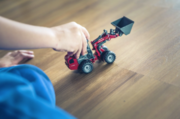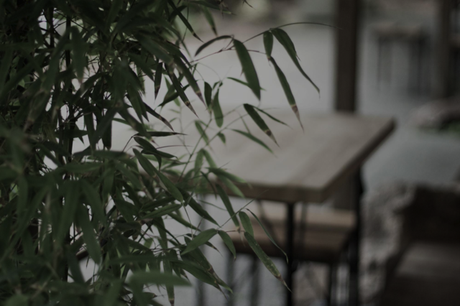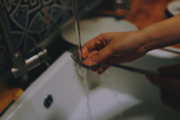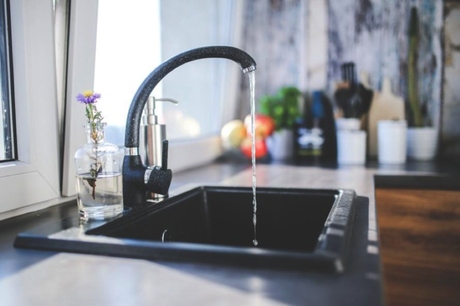
Image 1 source: unsplash.com (free to use and share)
The home is a place where you should feel safe and protected, so would you believe us if we tell you that there are a lot of health and safety hazards lurking in your home? In addition to safety threats that cause more than 3 million kids to get hurt each year, contaminated water and air can have a serious impact on all family members who are chronically exposed to them. What should you do then? Is moving to another place going to help? Not at all. All houses are, to a greater or lesser extent, exposed to similar threats. The best you can do is to work with what you have in order to make your home as healthy and safe as possible.
Childproof the House

Image 2 source: pixabay.com (free to use and share)
If you have a baby or a small child, childproofing is a must, but even if you don’t, you can steal some safety tricks from new parents’ book, because adults are not injury-proof either. One of the most frequent places of accidents for adults is the staircase. Make them safer by carpeting them to avoid slipping and falling when carrying laundry or other things. Speaking of, if you have area rugs, you should use anti-slip underlay.
Extinguish the Fire Hazards
You may think your house is fire-safe, but there are hidden dangers you should pay attention to. Wiring is one of the frequent causes of fire. For a quick and affordable fix try replacing the circuit breakers with arc-fault interrupters which can detect sparks and stop them before they start a fire. Clothing dryer lint tray is another unexpected risky element, and you should have a professional clean it every two years. Other things you should keep an eye on are loose outlets, old appliances and kitchen clutter.
Purify the Air

Image 3 source: unsplash.com (free to use and share)
Indoor air is often more contaminated than the outdoor, especially since people spend most of their time inside their homes so they are constantly exposed to the same pollutants. Before you take any steps into resolving this problem you must first identify the contaminants. Some are visible, like mold, others, such as radon and carbon monoxide, should be tested.
A free solution is to frequently ventilate your house, but that is usually not enough. If one of the problems is more persistent than others, you should focus mostly on it. For persistent mold and mildew issues, you should find the best air purifier for eliminating mold. If you have a problem with dust mites, you can remove the carpeting and use smooth upholstery. In any case, you should ban tobacco smoke and paint colors that contain VOC (volatile organic compounds) from your home.
Green up Your Cleaning Habits

Image 4 source: unsplash.com (free to use and share)
Many household cleaners contain dangerous chemicals. Some of the most worrisome toxins that can be found in them are phthalates, perchloroethylene, triclosan, ammonia, chlorine and sodium hydroxide. Avoid using them, and turn to completely natural, DIY house cleaning solutions, which contain safe ingredients such as vinegar, lemon, baking soda, tea tree oil and castile soap.
Improve the Quality of Drinking Water
Despite all the available technology people still face poor water quality in their homes. This forces some of them to buy bottled water for drinking, but to be honest, there are no guarantees that this water is perfectly healthy either. The best solution is to install an in-house water treatment. The pitcher system is the most affordable and efficient, but if you want long-term and comprehensive solution, it is best to opt for reverse osmosis filtration systems.

Image 5 source: pexels.com (free to use and share)
Your home should be your haven, where you are sheltered from all the potential dangers. Help by making small but important changes that will protect your entire family. Most of these upgrades and new habits are easy to do and can be done almost on a shoestring budget, so don’t wait any longer.

